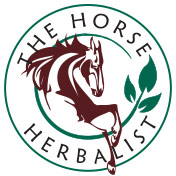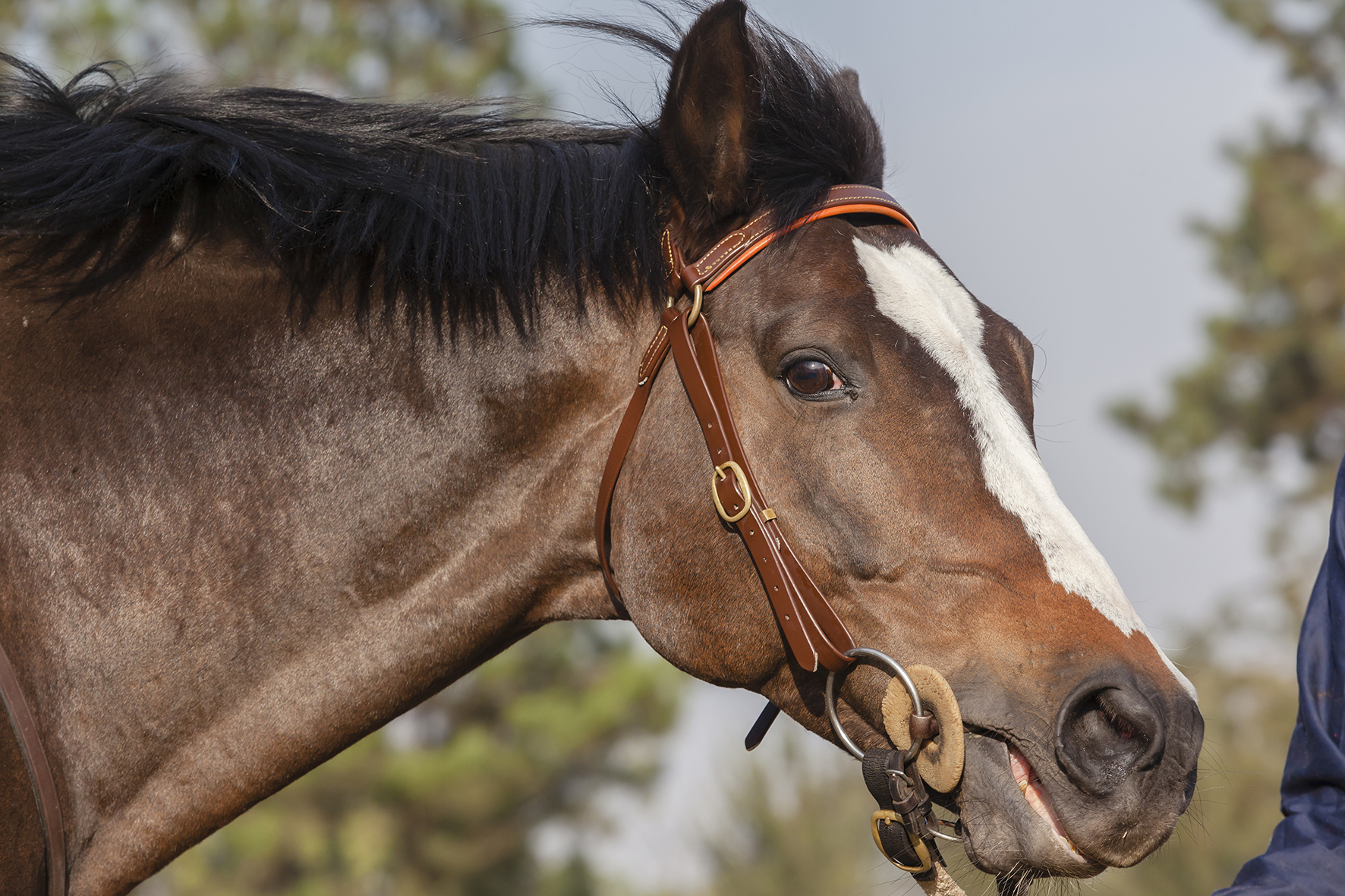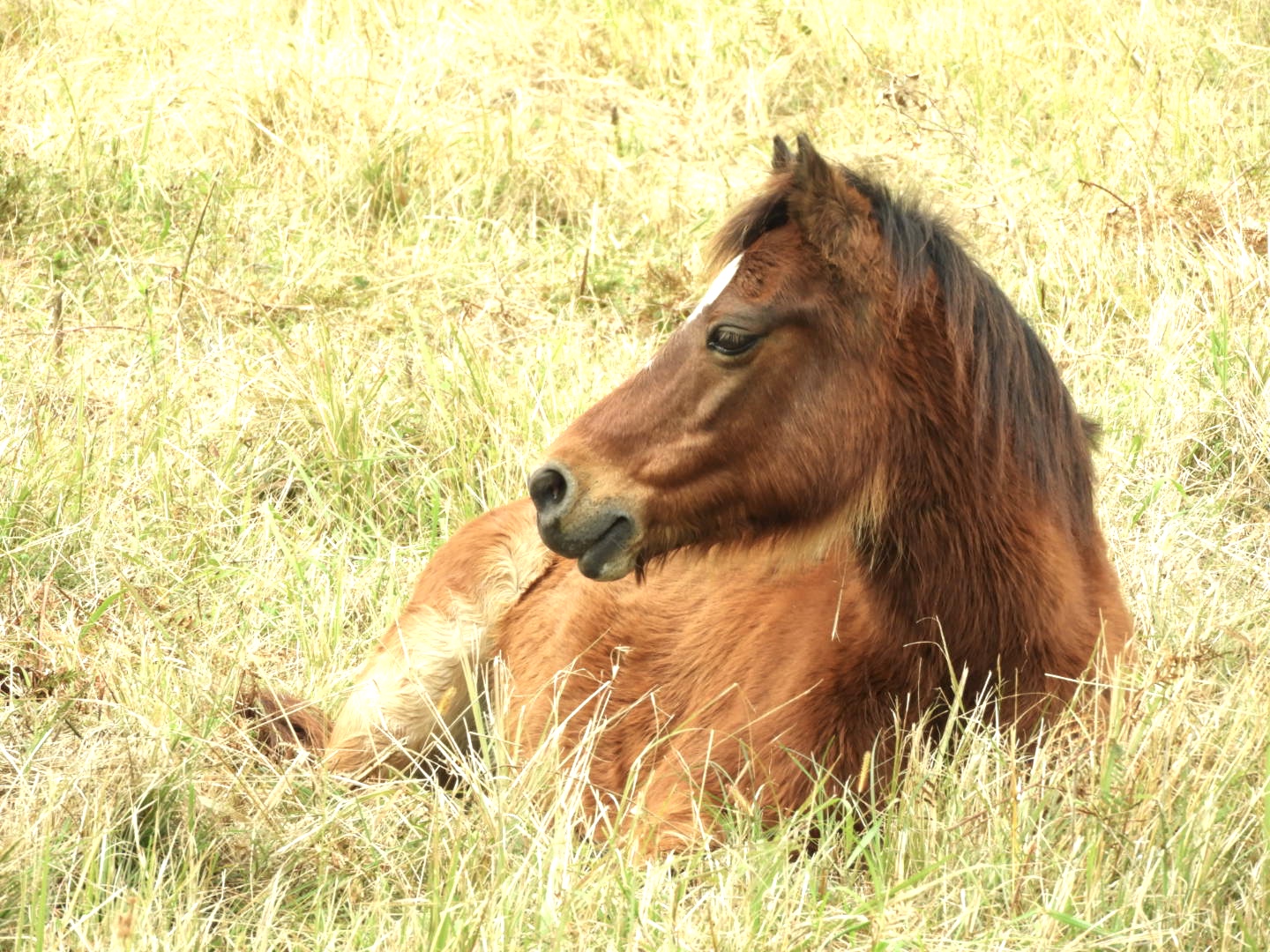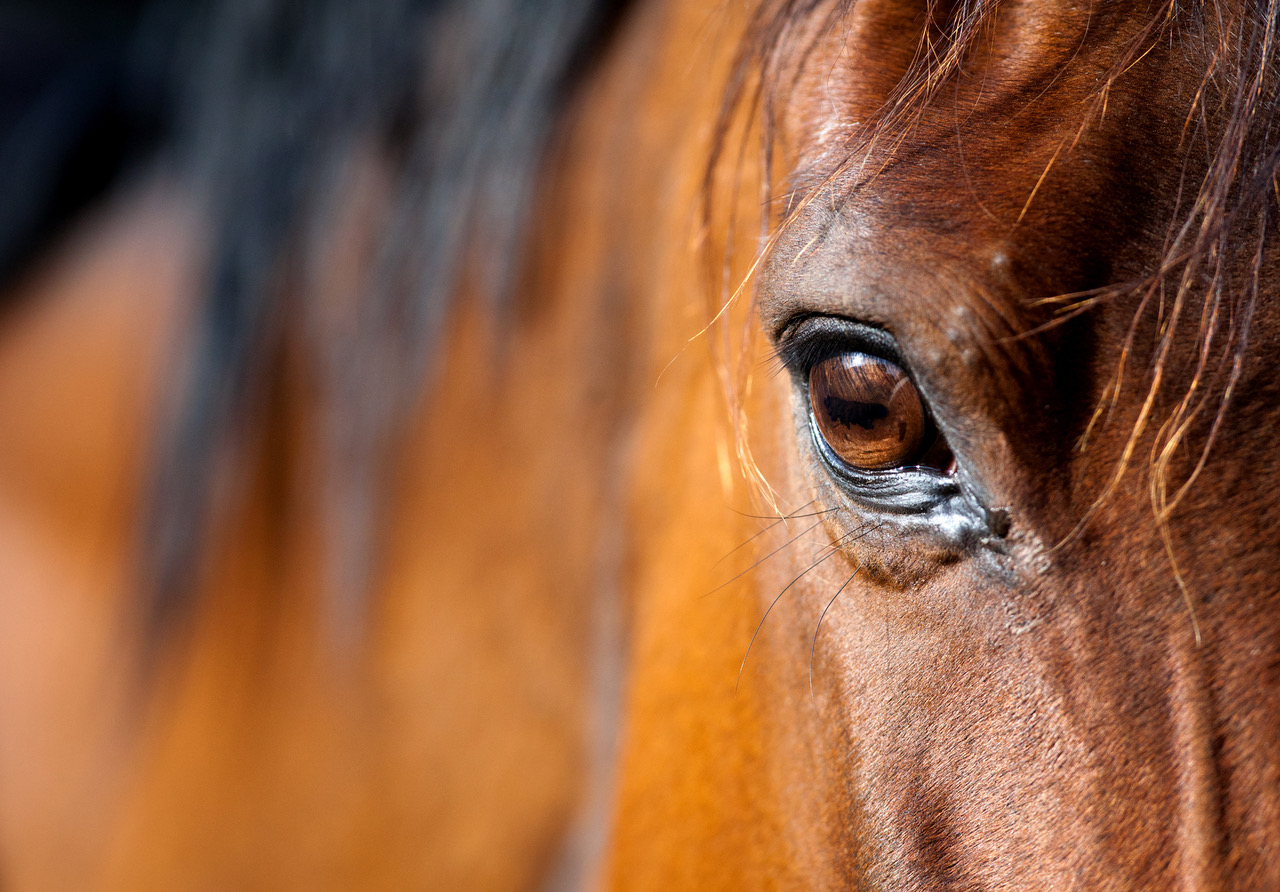Your cart is currently empty!
Cranky Frankie – the Horse that Wouldn’t Go
Frankie was the kind of horse you come across fairly regularly. Nappy, cranky, lackluster and unwilling to go forward. When Karen contacted me she had owned Frankie, a 9 year old Quarterhorse gelding, for 2 years. She bought him from a woman who had owned him for 3 years, who in turn had bought him from a stock station for her daughter to ride. The daughter quickly lost interest so Frankie had been turned out onto large scrubby, drought affected land with some cattle. Karen was interested in Frankie as he was quite well bred and she wanted to campdraft him. Karen told me that



